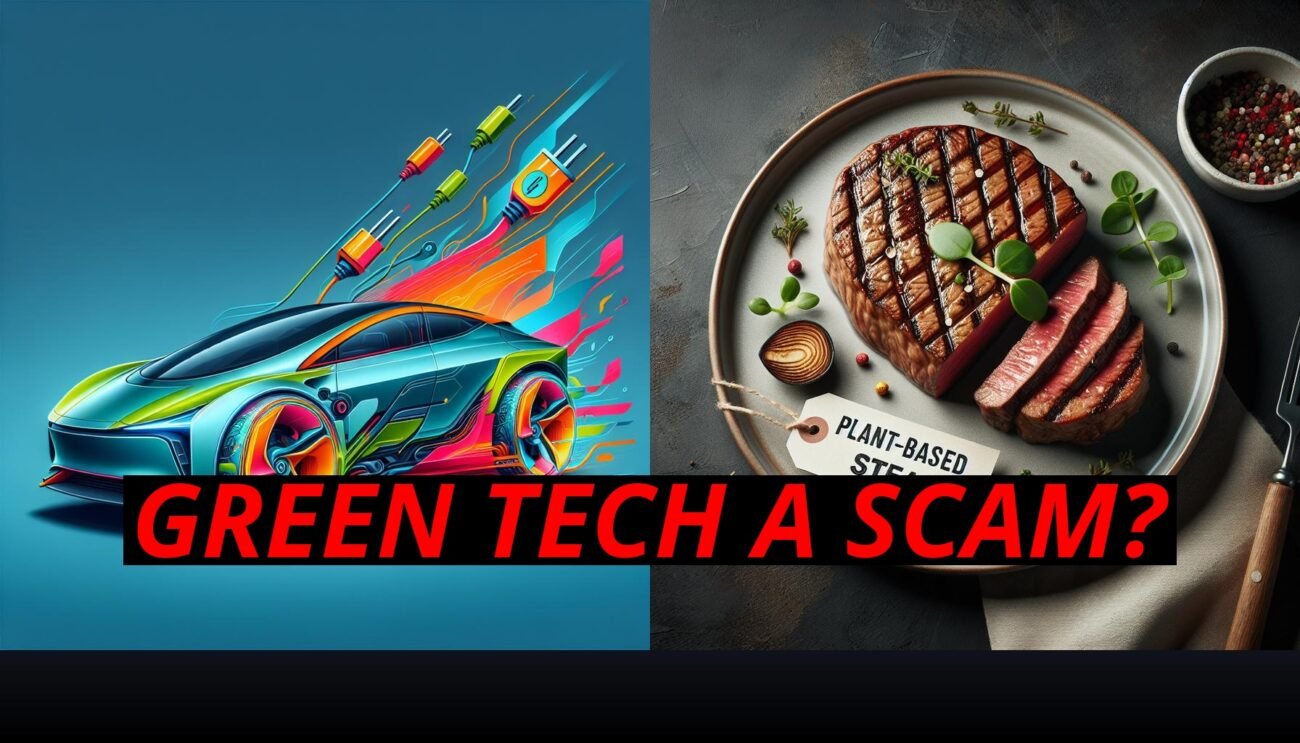The Reality Of Battery Electric Buses: Are They Truly Efficient?
What if I told you that the latest trend in public transportation, battery electric buses, might be one of the most wasteful and inefficient ideas out there? Today, we’re diving into the absurdity of battery electric buses and why they pale in comparison to their diesel counterparts and even traditional electric buses and trolleybuses. Get ready to uncover the shocking truth about why these so-called green solutions might actually be harming the environment and wasting public funds.
High Costs Of Battery Electric Buses
Battery electric buses are often touted as the future of public transportation, but the reality is far from ideal. Let’s start with the basics: these buses are extremely expensive to purchase. The cost of a single battery electric bus can be up to three times that of a traditional diesel bus. This high upfront cost is a significant burden on city budgets, diverting funds that could be used for other critical infrastructure improvements.
Limited Range And Operational Efficiency
One of the major issues with battery electric buses is their limited range. While electric cars and bikes can be parked and charged for extended periods, city buses are in constant operation.
– Diesel Bus Efficiency: A typical diesel bus can run for up to 20 hours a day with just a few hours of downtime for refueling.
– Electric Bus Inefficiency: A battery electric bus requires much longer charging times and has a much shorter operational range. This means that to fulfill the route of a single diesel bus, a city might need to deploy two or even three battery electric buses. The inefficiency of this system is staggering, both in terms of logistics and cost.
Complex And Costly Charging Infrastructure
Charging infrastructure for electric buses adds another layer of complexity. Setting up fast chargers capable of handling the demands of a fleet of electric buses is a massive investment.
– Downtime: Even with fast charging, the downtime required to recharge these buses means they are out of service much more frequently than diesel buses.
– Fleet Size: This inefficiency requires cities to purchase and maintain a larger fleet of electric buses to meet the same service levels, further inflating costs and environmental impact.
Questionable Environmental Benefits
The supposed eco-friendliness of battery electric buses is questionable. Producing the batteries for these buses involves mining for lithium, cobalt, and other rare minerals, processes that are incredibly damaging to the environment.
– Battery Lifespan: These batteries have a limited lifespan, typically around 8 to 10 years, after which they need to be replaced.
– Environmental Degradation: This means that not only are cities buying more buses to maintain service levels, but they are also contributing to environmental degradation through the production and disposal of these batteries.
Reliability And Efficiency Of Diesel Buses
Diesel buses, on the other hand, have been the backbone of public transportation for decades for good reasons.
– Reliability: They are reliable, have a long operational range, and can be refueled quickly.
– Modern Clean Diesel: Modern diesel engines are much cleaner than their predecessors, with significantly reduced emissions.
– Primary Goals: The primary purpose of public buses, whether diesel or electric, is to reduce automobile traffic, decrease auto emissions, cut congestion, and lower the number of traffic accidents. Diesel buses achieve these goals effectively and efficiently.
Safety Concerns
It’s also important to note the inherent safety risks associated with battery electric buses. These buses are a major fire hazard due to the large batteries they carry. There have been numerous incidents of electric buses catching fire, posing significant risks to passengers and drivers. In contrast, diesel buses, while not without their own risks, have a long history of safe operation.
Conclusion
While the idea of battery electric buses might sound appealing, the reality is that they are an inefficient and costly solution to public transportation. The need for multiple buses to cover the same routes as a single diesel bus, combined with the high cost of purchase and maintenance, makes them an impractical choice. Moreover, their environmental impact is far from negligible, considering the production and disposal of batteries. Cities looking to improve their public transportation systems should consider the proven reliability and efficiency of diesel buses, along with other traditional electric buses and trolleybuses, before investing in the flawed concept of battery electric buses.
What do you think about the rise of battery electric buses? Do you believe they are a sustainable solution, or are they just a waste of resources? Share your opinions and experiences in the comments below. If you found this article enlightening, share it with your friends and family. Let’s spread the word about the realities of battery electric buses and advocate for more practical and sustainable transportation solutions.













